Last week, I was in a marketing strategy meeting with our VP of Marketing and a team of five associates.
The focus was on figuring out how to grow our newsletter subscriber base.
What stood out to me was how stuck everyone seemed like we were trying to brainstorm without a clear starting point.
If you’ve ever been in a meeting like that, you know the awkward silence and secondhand embarrassment that can come with it.
I didn’t want to just sit there spinning wheels, so I offered a suggestion that wasn’t on their radar.
Everyone expected me to say something like,” “Twitter threads,” “Google Ads,” or “Instagram ads.” Instead, I proposed focusing on Substack growth.
That got a few confused looks and a “what even is that?” reaction.
Which is fair, many senior marketers are more familiar with growth hacking tactics, like;
giving out personalized certificates to clients
hijacking search traffic from competitor discount pages
creating cross-functional brainstorming channels.
For the record, those tactics can work really well when done right.
Take Tom Orbach, for example.
When he was Director of Growth Marketing at Wiz, he came up with a brilliant campaign: anyone who completed Wiz's security challenges received a personalized "Cloud Security Excellence" certificate.
These certificates included the recipient’s name and played into the human tendency to share achievements publicly.
It worked. Wiz saw a 300% spike in social shares on LinkedIn and X (formerly Twitter).
They even created a “Zero Critical Club” for customers who resolved all security issues, giving them LinkedIn-ready badges. Simple idea, strong results.
Another great example: Olly Richards.
He put together a 118-page Google Doc called “Case Study: Anatomy of a $10M Online Education Business.”
He gave it away for free and it went viral, bringing in 18,632 subscribers and generating $1.2 million in revenue.
His approach was transparent, informal, and easy to share. That combination made the content take off.
He also supported it with paid newsletter ads and podcast interviews, reinvesting earnings into his marketing to keep things growing.
Anyway, back to Substack.
In today’s guide, I want to walk through real, actionable Substack growth strategies that marketers can use to build a newsletter audience and grow their business.
I’ll include real-world examples of people who’ve done this successfully, some solo creators, some leading marketing at larger companies.
I’ve seen a lot of Substack advice out there, but most of it stays at the theory level.
The goal here is to give you practical steps you can actually use.
Whether you’re building a company newsletter or launching your own, this can work.
Some strong examples of people doing this well include:
1. Omid G, founder of MarketerMilk, left his dream job at Webflow two years ago to start a newsletter business. Today, he runs a marketing newsletter with tens of thousands of subscribers and offers content marketing services to B2B SaaS companies.
2. Wes Pearce, the creator of Escape the Cubicle, grew his Substack newsletter to $5,000 in monthly revenue. When he started in early 2023, he had just 147 subscribers (mostly friends and family), 2 paid subscribers (thanks to his parents), and $10 in monthly recurring revenue.
3.
launched Chief in the North, an NFL newsletter focused on the Kansas City Chiefs, which now brings in $4,000 per month. He breaks down game film and helps readers understand the details behind plays and strategies.4. Garth Adams, founder of I Know The Pilot, built a $140,000/month travel deals newsletter. It shares daily flight and holiday discounts with subscribers. Unlike other travel deal sites that charge a fee, this one has been free since day one. It’s not on Substack, but it proves you can build a profitable newsletter around the right idea.
These are just a few examples.
If you look around, you'll find plenty of successful newsletters - especially on Substack.
1. Pick the right topic
You need a clear, relevant topic that attracts the right audience.
A million uninterested readers won’t help you. It’s better to have a small, loyal group who actually care about what you’re writing.
For example, I often tell our marketing team to “go where the customers already are.” Find out what problems they’re talking about and create content that offers real solutions.
Reddit is a great place to start.
Search for subreddits related to your niche, even smaller ones.
Use Redditlist.com to discover active communities.
Look at the top posts to understand what types of headlines, formats, and tones get the most traction.
Read the rules before posting to avoid getting removed.
Then, reverse-engineer what works and use that structure in your own content.
A good case study is 1Password. They engage directly with Reddit users - answering questions, sharing updates, and joining conversations.
They’re not pushy about promoting their product, but their transparency and helpfulness build real trust.
It's not loud, but it's effective. People respect companies that actually participate instead of just pitching.
Use that same mindset in your own newsletter: be useful, be real, and show up where your audience already is.
2. Write content that builds your brand or goes viral
Once you’ve picked a topic, the next step is writing content that either has the potential to go viral or strengthens your newsletter’s brand.
This part is important, and I want you to be cautious. Don’t get distracted by flashy promises of “going viral” without having a real strategy.
Substack isn’t what it was in 2017. Back then, you could post something and see immediate traction.
That’s no longer the case. Today, readers expect content that actually solves their problems or provides something useful.
If you’re serious about growing your Substack, your content needs to offer real value. That’s the foundation.
If you get that right, you increase your chances of writing something that spreads.
Here’s how I recommend approaching content that has viral potential.
At this point, I’ll assume you’ve already done your keyword research and chosen a strong topic.
Now it’s time to deliver.
Creating viral content isn’t about luck - it’s about having a clear approach.
Here's a straightforward strategy:
Pick trending topics - Use tools like Google Trends or Exploding Topics to find what people are currently interested in.
Write attention grabbing headlines - Use numbers, brackets, or power words to stand out. Example: “33 Mistakes to Avoid When Starting a Newsletter [Free Checklist]”.
Trigger emotion - Posts that make people feel something surprise, curiosity, anger, inspiration tend to get shared more.
Give practical advice - How-to posts, guides, and tips work well. People share content that’s useful.
Use visuals - Add charts, images, or infographics to keep people engaged and make your content more scannable.
Make sharing easy - Substack already has visible share buttons, use them. Encourage readers to share.
Mention influencers - Quoting or referencing well-known figures can help boost your credibility and reach.
Done right, viral content can also help build brand awareness.
Brian Dean co-founder of Backlinko (later acquired by SEMrush) has said that viral content is often more cost-effective than paid ads.
Also, take a look at how Ann from How We Grow Today uses her posts to build a strong brand and drive targeted traffic to her Substack.
3. Promote your content to the right audience
Now that you’ve written something worth reading, the next step is getting it in front of the right people.
This is where things can break down if you're not careful. You could have the best content out there, but if no one sees it, it won’t go anywhere.
There are many ways to promote your Substack, but I’ll focus on what’s been proven to work with real-world examples.
Tactic #1: Use substack notes
You might be wondering: what is Substack Notes?
Substack Notes is a short-form content feature, similar to Twitter (X). It allows you to share quick thoughts, updates, or links and interact with others via likes, comments, and shares. The goal is to spark engagement and attract new readers.
If used right, Notes can drive more subscribers and followers.
mentioned that she was surprised by how interactive Notes felt with meaningful discussions in the comments.
But here’s a heads-up: from around 2023, it was much easier to get traction. Today, just like with your newsletter content, you have to provide real value.
I can’t confirm this with hard data, but based on experience, if your Note doesn’t get some engagement (likes, shares, comments) within the first hour, it probably won’t take off. The platform seems to reward early traction.
Tips for creating a strong Note on Substack
Here’s how to make your Notes more effective and increase your chances of gaining subscribers:
Start with a hook - Grab attention fast. Create tension or curiosity from the first line. No setup. No fluff. Just something that makes people need to keep reading.
Share something actually useful - Make your point so clear and helpful, people feel like they have to respond or save it.
Keep it tight - 1–2 sentences per paragraph, use bullet points for lists and bold key takeaways
End with a question - Ask something that invites real replies, not just a yes/no.
And if you're stuck on what to write, check out 25 viral note templates helped him get over 5,000 likes.
Tactic #2: Guest post on substack
Guest posting used to be a great way to get your name out there, until spammers ruined it.
These days, most people won’t even consider your request unless they know you or you’ve built some kind of relationship with them.
That’s where Substack can help. It gives you a chance to connect directly with other writers in a more personal and genuine way.
Substack writers tend to be more approachable and open to collaboration.
Take Matt Giaro, for example.
He wrote a guest post for Write with AI, a Substack with over 20,000 subscribers.
He didn’t just phone it in, he spent an entire weekend making sure it was high quality. It paid off.
After the post went live, he picked up hundreds of new subscribers.
That one post led to another guest spot and eventually a joint course launch with Write with AI, giving his own Substack even more reach.
Another good example is who wrote six carefully chosen guest posts, not for big media outlets, but for newsletters with overlapping audiences.
Each post matched the tone and content style of the host publication. One post alone brought in over 150 subscribers.
Altogether, the strategy added 700+ subscribers, about 15% of her total list, and led to ongoing collaborations, backlinks, and long-term reader relationships. It was a smart, targeted approach to growth.
See below one of the guest post she wrote for Onlinewritingclub.com
If you write something that’s truly helpful for the right readers, guest posting can be one of the fastest ways to grow your newsletter.
Give it a shot and let me know how it goes.
Tactic #3: Substack for SEO
Another strategy that’s worth considering, though it's still something I’m testing is optimizing your Substack for SEO.
This means doing things like connecting your Substack to Google Search Console and adding internal links between posts to help with search traffic.
In fact according to
and , the creators of Write with AI, If your newsletter isn’t optimized for search, you're invisible on Google. To them, 1% of their traffic comes from Google, but it converts subscribers at four times the rate of any other source.The data makes it clear: you can't ignore Substack SEO if you want to get targeted traffic from search engines. Without it, you're likely missing out on potential readers.
If you want to strengthen your Substack SEO, check out this guide from
. It explains how SEO can help more people find your newsletter and offers practical steps to improve your visibility in search results.Tactic #4: Let’s talk LinkedIn
At first glance, it looks like a place for job seekers and recruiters. But it’s way more than that. Whatever niche you’re in, chances are your audience is already there.
You just need to:
Figure out where your audience hangs out
Learn how to engage without sounding like a robot
Used right, LinkedIn can drive traffic, leads, and subscribers.
People think it's hard to grow a newsletter from LinkedIn.
But look at how Wes Pearce helped Jenny grow from 47 to 1,000+ subscribers.
She simplified.
3 posts a week on LinkedIn
1 newsletter per week
4–5 Substack Notes weekly
That rhythm helped her get consistent results without burning out. No chasing algorithms. Just building real connections.
Tactic #5: Send cold emails, but do it right
Yes, cold outreach isn’t what it used to be. But it can still work, especially when it's personal.
Reach out to:
People you’ve mentioned in your posts
People who might genuinely care about your content
Here’s an example:
Last month, I wrote this post about using AI for LinkedIn storytelling.
I mentioned someone in the article, reached out directly, and got a response just a few days later.
Even when you mention a service or tool that might be helpful to your readers, consider reaching out directly to the founders or someone on the marketing team. This can boost the impact of your personalized cold email campaigns.
To get better results:
Keep your emails short, personal, and clear.
Use the recipient’s name, reference something specific about their work, and get to the point fast.
Your subject line should be simple but grab attention. Skip the generic templates make it feel like a one-on-one message.
Focus on what the recipient gets out of it, not what you want.
Be clear about what you're asking for (like a quick reply or sharing a link), but don’t come off as pushy.
A polite follow-up after a few days often helps.
And pay attention to timing emails sent early in the week and in the morning tend to get better open rates.
If you want a step-by-step guide, Saleshandy has a solid resource that covers everything you need to know about cold emailing.
My final summary
I know you might have expected a long list of promotional tactics, but based on my experience, the things that have worked best for me so far are;
Substack Notes
personalized cold email outreach
LinkedIn.
I’m still testing other approaches, and I’m sure more can work if done right.
If you have any questions or want to share your own thoughts, feel free to drop them in the comments.






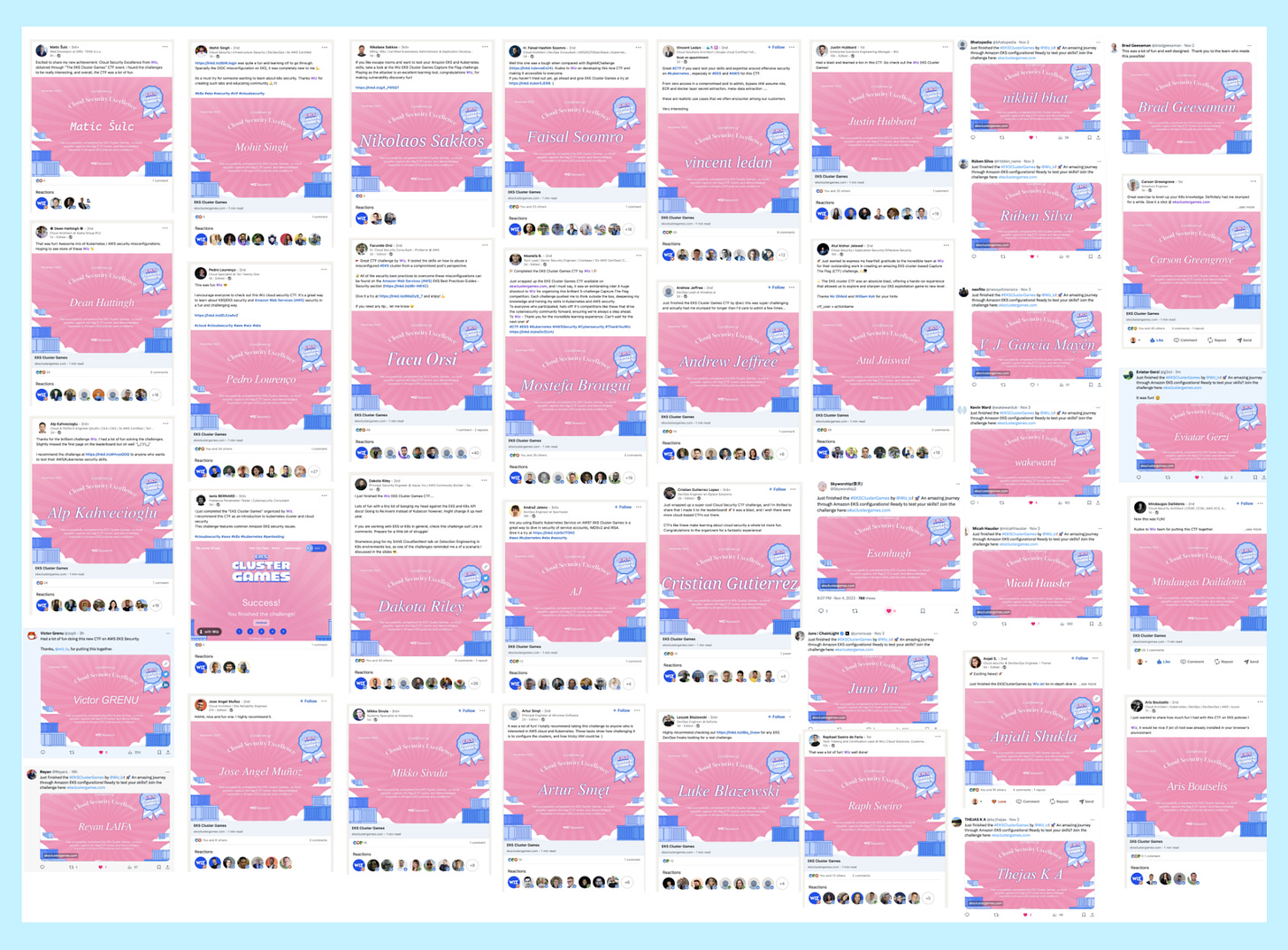
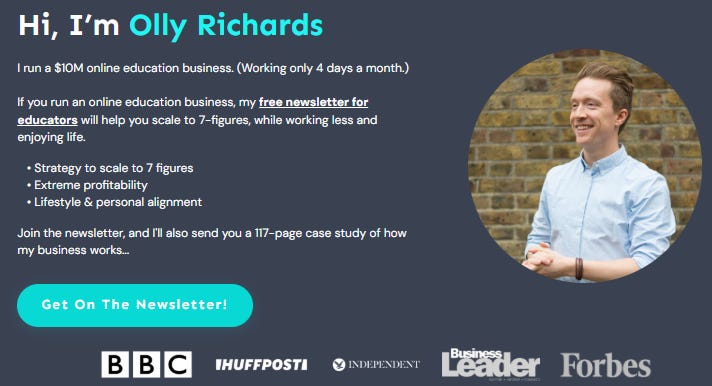
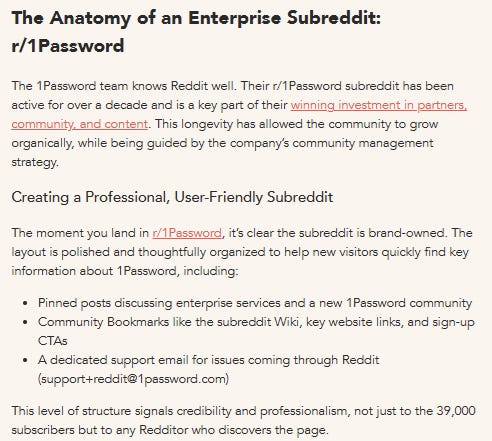
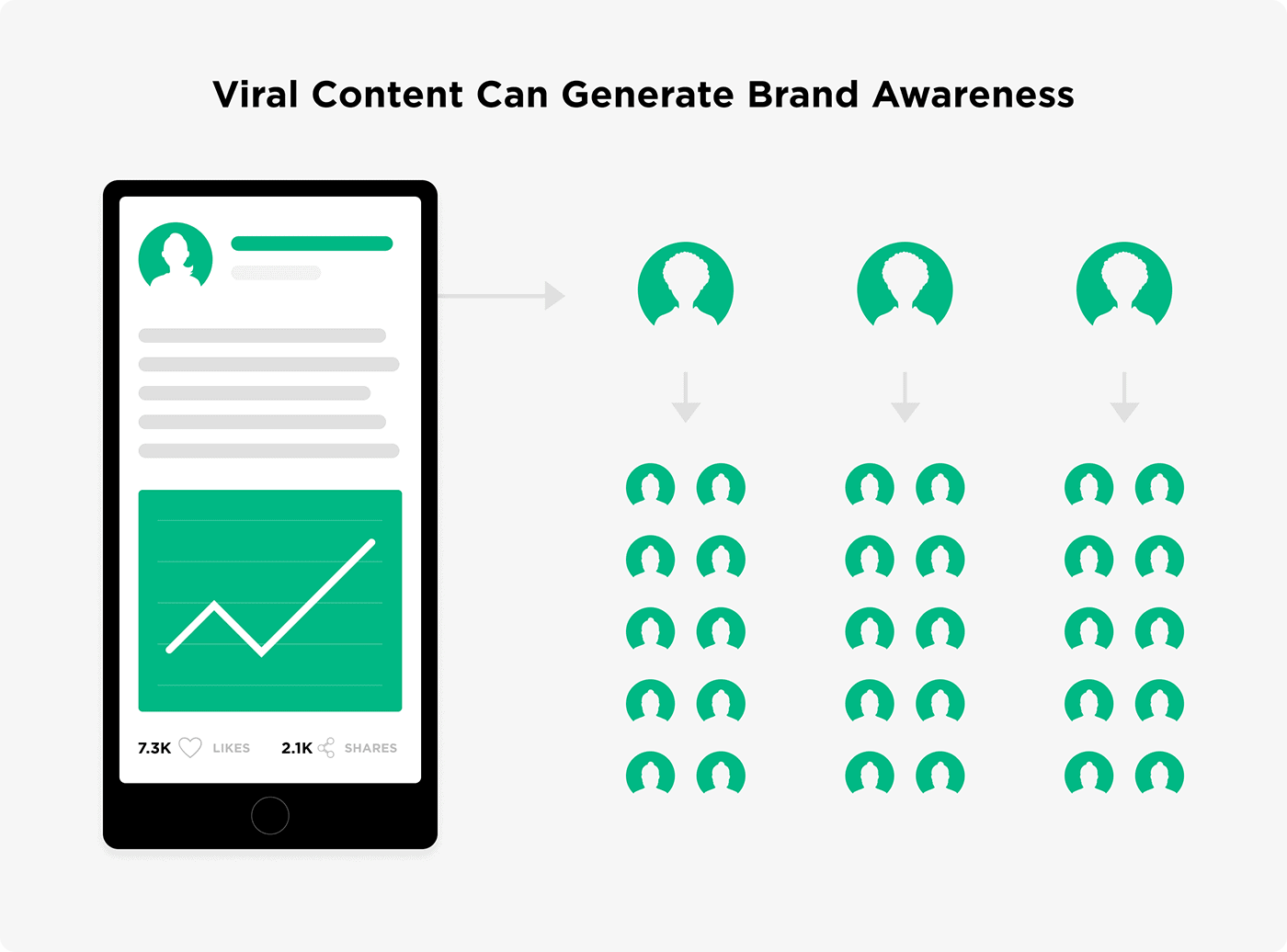
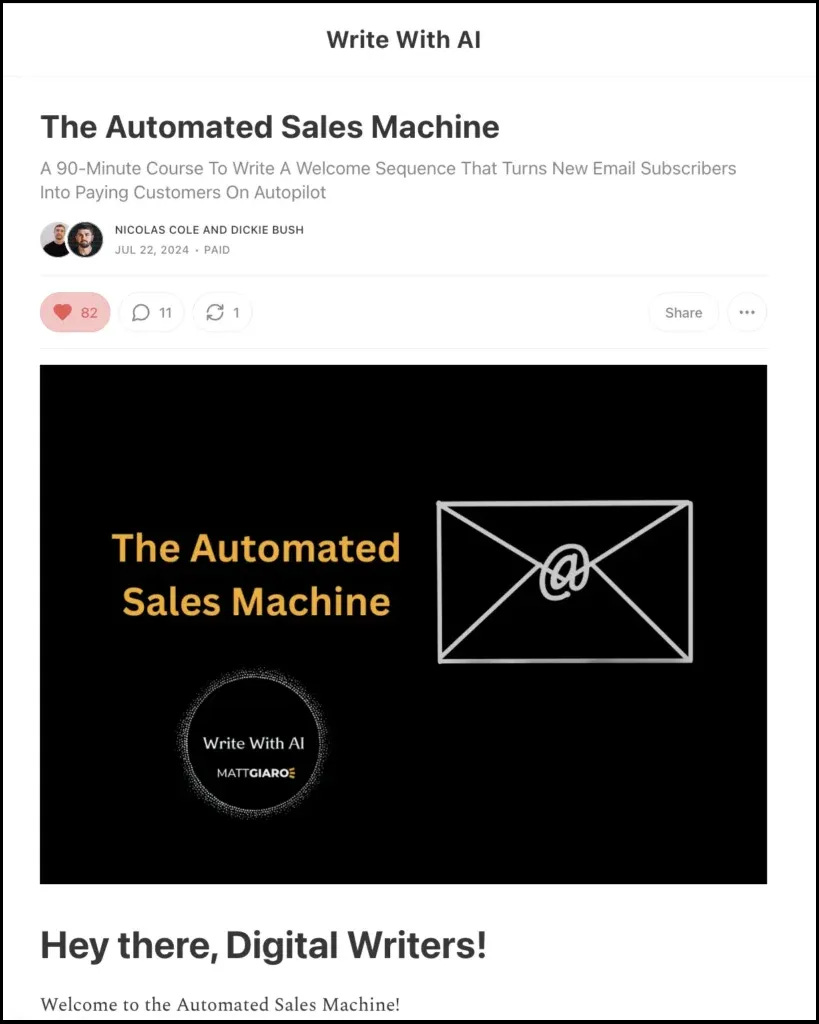
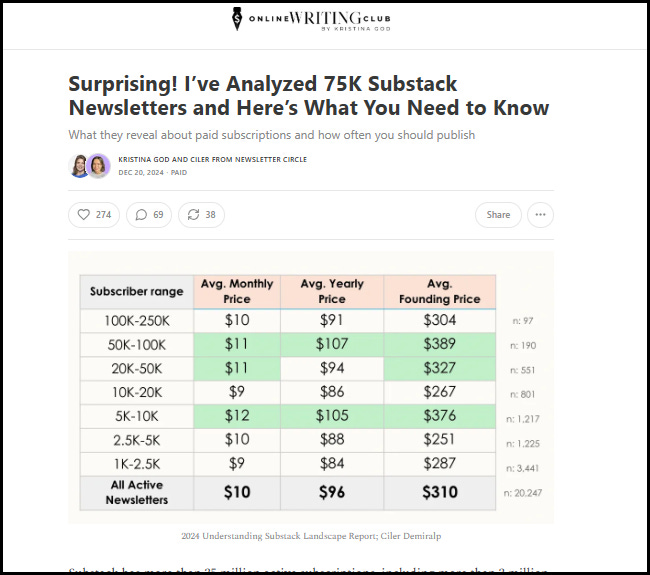
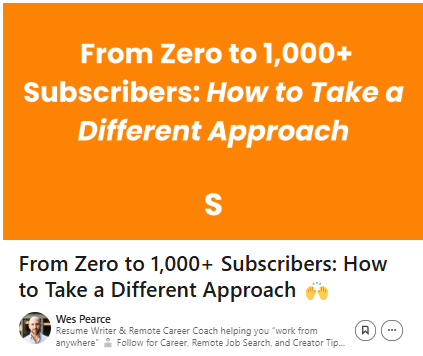
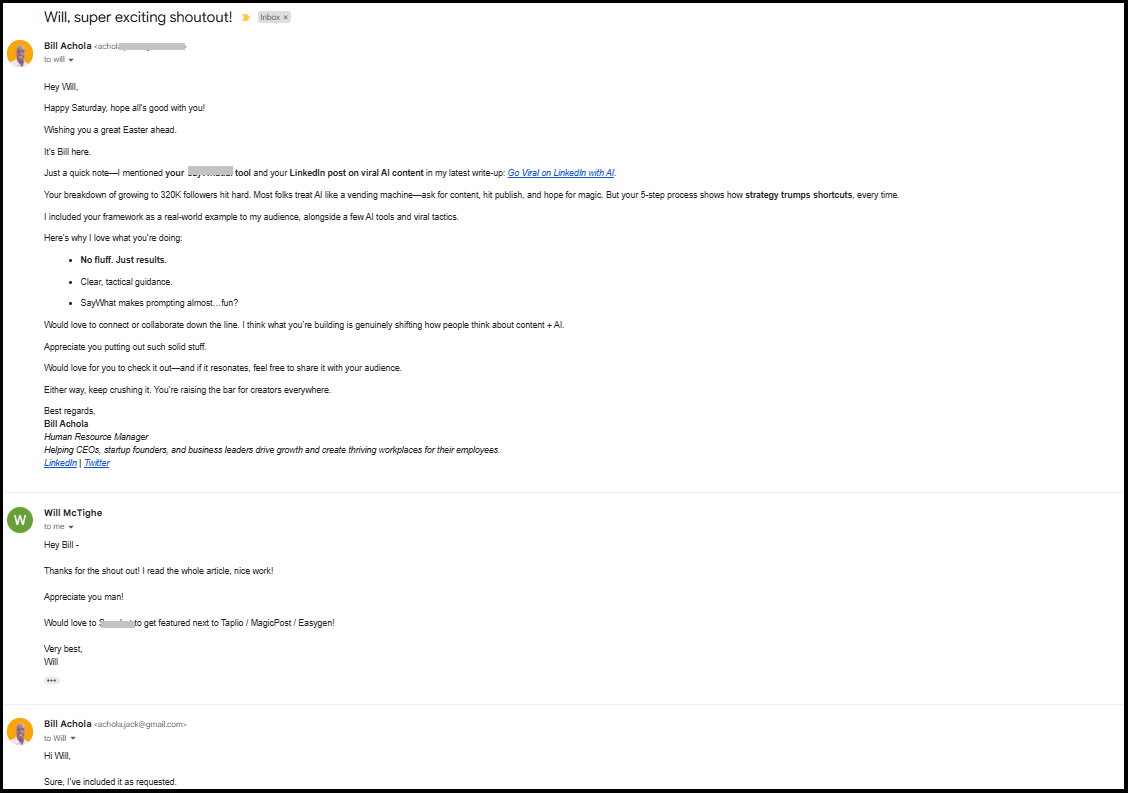
Thanks for the mention :)
Thanks for the shoutout!